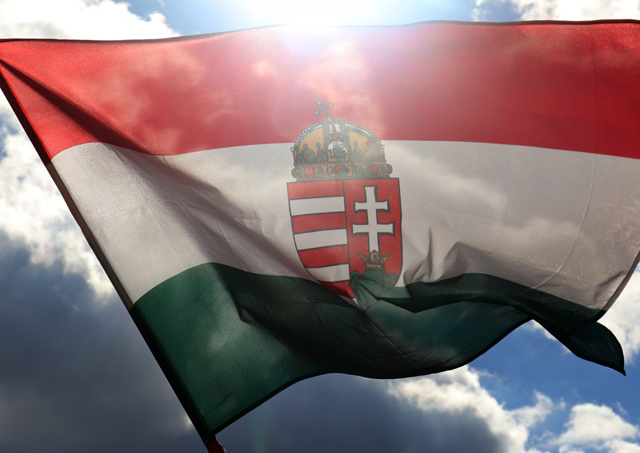Hungary has several national symbols that represent its rich cultural heritage and history. Here are the key symbols of Hungary:
Coat of Arms
The coat of arms of the Republic of Hungary features a pointed, impaled shield. The right side displays a silver double cross on a red background, located within a small golden crown that rests atop a central mound of three green hills. The left side features the Árpád stripes, consisting of four silver and four red stripes. At the top of the shield is the Hungarian Holy Crown.
Flag
The flag of the Republic of Hungary is a tricolor with horizontal bands of red, white, and green, each of equal width. These three colors symbolize three virtues: red represents strength, white signifies faithfulness, and green stands for hope. Alternatively, red can also symbolize the blood shed for the country, white represents freedom, and green signifies the land.

Anthem
The text of the Hungarian national anthem was written in 1823 by Ferenc Kölcsey, a prominent poet of the Reform Age. The music was composed by Ferenc Erkel in 1844, after he won a contest to create the national anthem.
Holy Crown
The Hungarian Holy Crown was given to Saint Stephen by the Pope during his coronation around the year 1000. The crown, along with the coronation insignia (the orb, scepter, coronation sword, and mantle), was taken to the United States after World War II and was returned to Hungary in 1978. It is currently displayed in the Parliament building in Budapest.
Turul
The Turul is a mythical bird resembling an eagle and is often considered a national symbol associated with Hungarian mythology and history. It represents strength and freedom and is frequently depicted in various monuments and artworks throughout Hungary.
These symbols collectively embody Hungary’s national identity, cultural pride, and historical significance.